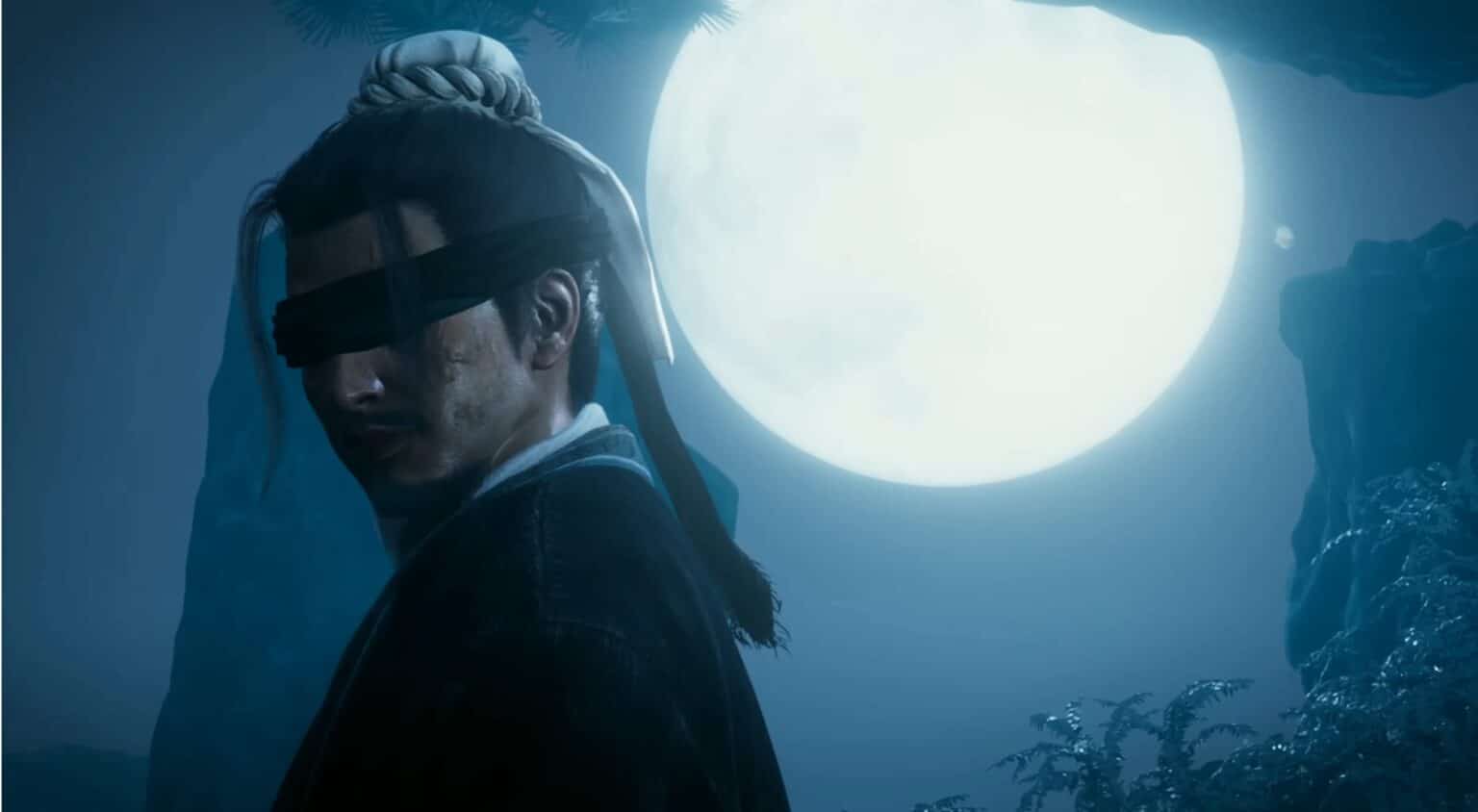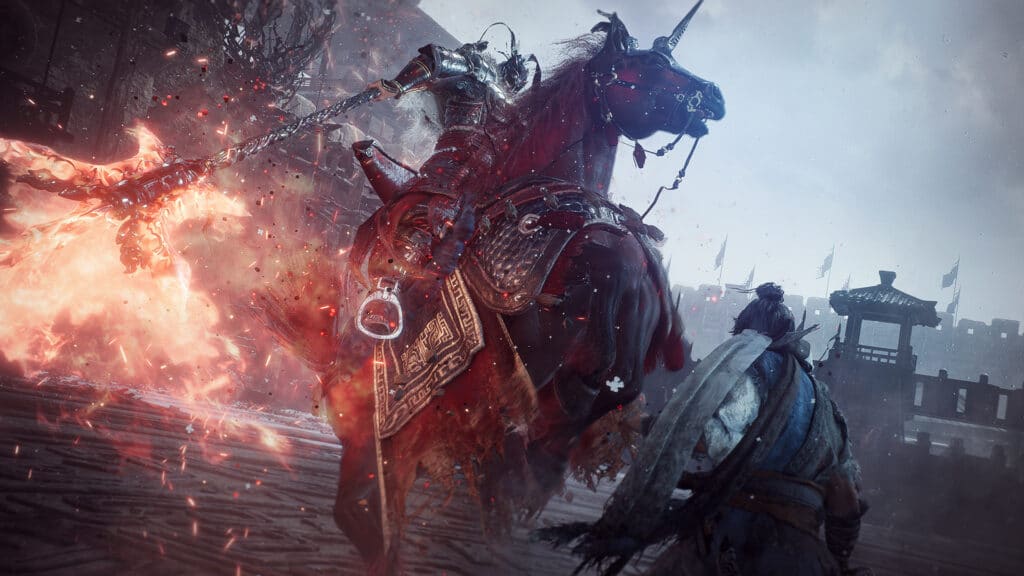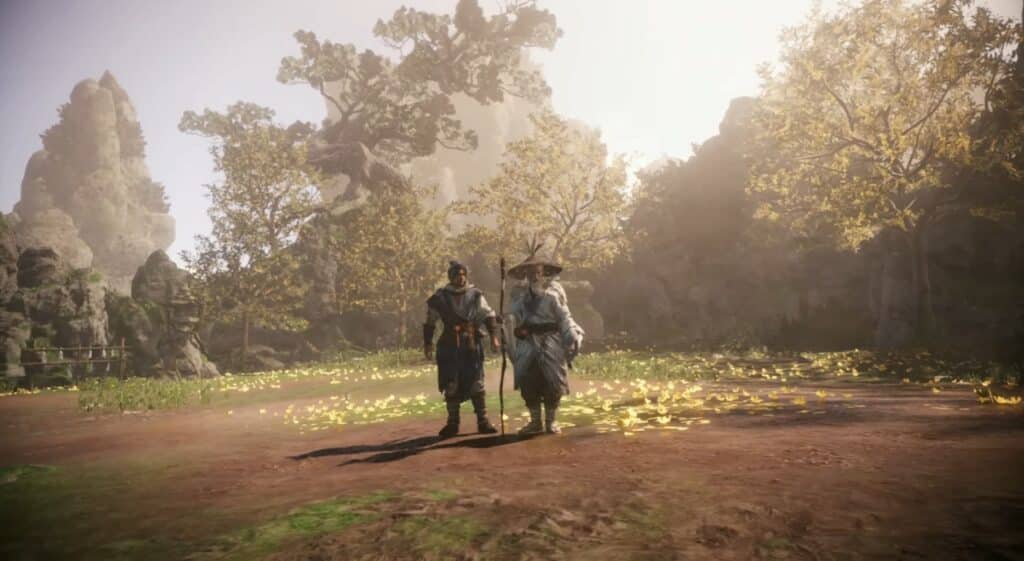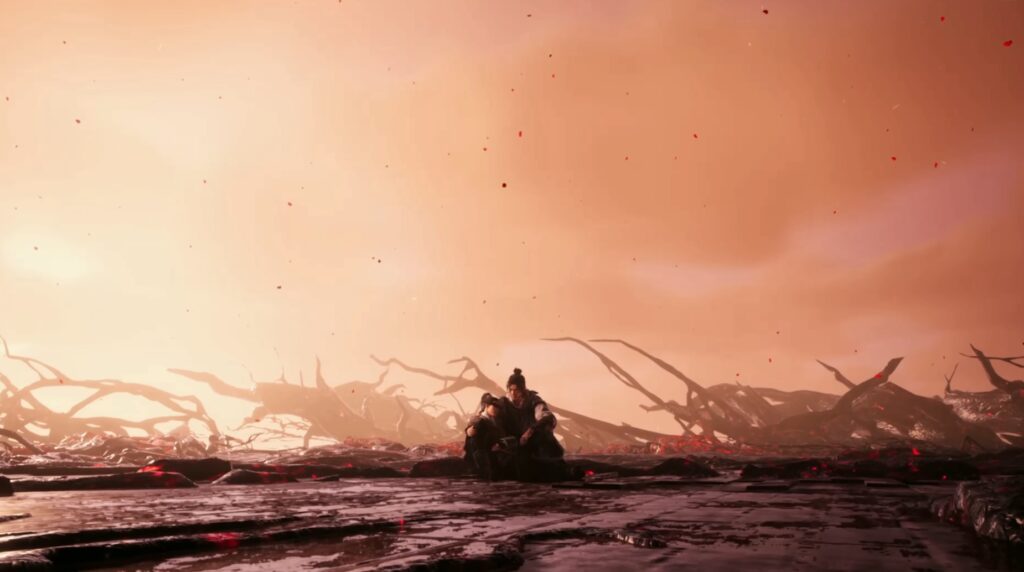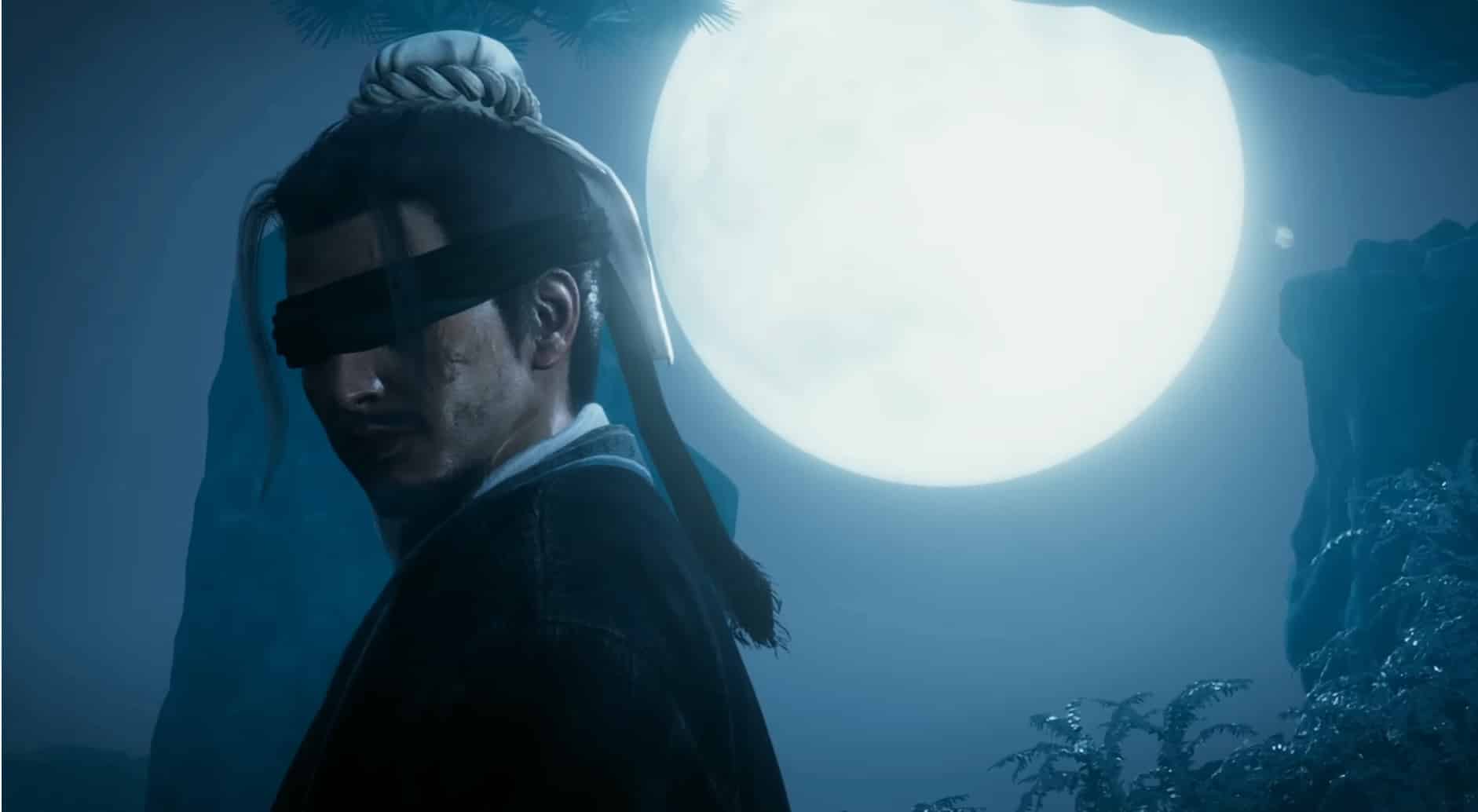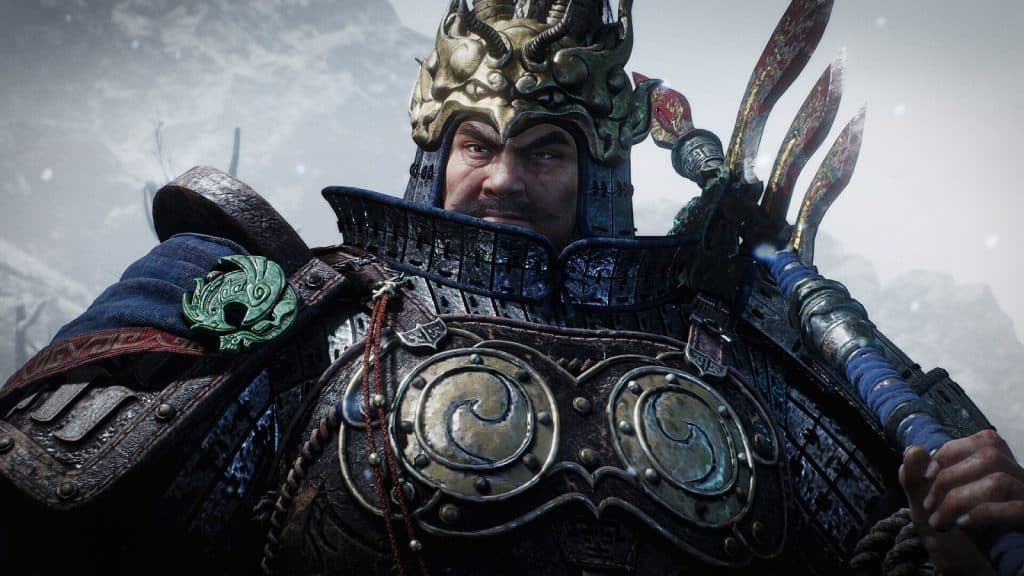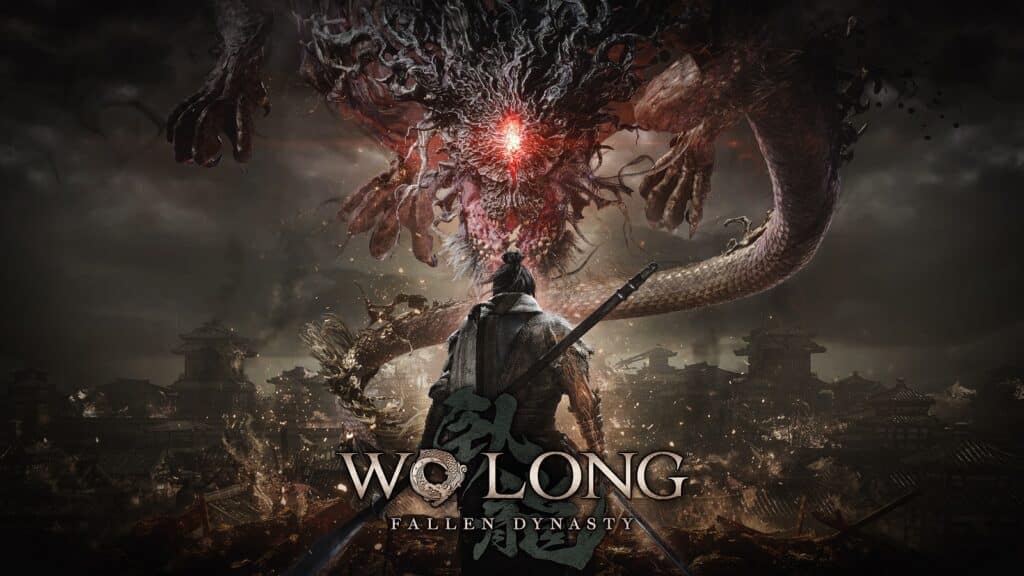Wo Long: Fallen Dynasty enters the gaming scene at a time when the “Souls” genre, pioneered by FromSoftware’s Demon Souls, has already gained a strong foothold. With Team Ninja, known for their Ninja Gaiden series and Nioh, at the helm, Wo Long: Fallen Dynasty arrives at a significant juncture in the genre’s history. Team Ninja’s experience with both “Souls” and their own action titles raises expectations for this new IP. Wo Long represents a multi-platform release and a daring move as the game made its debut on Gamepass.
The game transports you to ancient China during the Three Kingdoms Era, with a supernatural twist. You step into the shoes of an unnamed hero thrust into the midst of the Yellow Turban Rebellion. This game fuses demanding combat and rich storytelling, reminiscent of “Souls” games, while introducing a fresh morale rank system. At its core, Wo Long prioritizes mastering combat. You’ll explore captivating landscapes and face an array of foes in intense battles. The game aims to combine Team Ninja’s lightning-fast combat with the strategic depth of Souls titles. As you journey through this world, you’ll encounter challenges and unravel mysteries.
One of the game’s notable strengths lies in its creative reinterpretation of historical events. It introduces an intriguing “Elixir” concept, transforming familiar historical figures into unrecognizable and monstrous entities. This twist adds an element of unpredictability to the storyline, keeping players curious about what strange and formidable foes they’ll encounter next.
However, where Wo Long’s story falters is in its execution. The narrative often struggles to provide clear character motivations and fails to elicit emotional investment. Character introductions and arcs are frequently rushed and lack depth, leaving players disconnected from the cast. The overall plot can come across as nonsensical at times, hampered by lackluster performances and cringe-worthy dialogue. Even with additional language options, the story’s delivery remains subpar.
Despite these shortcomings, the game occasionally redeems itself with captivating action scenes and a few memorable moments, particularly involving the formidable character Lu Bu. Yet, the overwhelming feeling is that the game might have been better off eschewing a convoluted narrative in favor of a more straightforward, action-driven experience. The game’s inventive take on history provides moments of intrigue, but the lack of character depth and poor execution ultimately undermine its potential. Players seeking a compelling narrative may find themselves disappointed, but those primarily interested in challenging combat and exploration may choose to overlook these narrative flaws.
At the heart of Wo Long: Fallen Dynasty lies its gameplay, a fusion of elements from both the “Souls” genre and Team Ninja’s fast-paced action legacy. While the game introduces some innovative mechanics, it also grapples with a few notable drawbacks. Wo Long excels in delivering combat that demands skill, precision, and strategy. The game’s focus on parrying over dodge rolling or blocking sets it apart. You can parry any attack, even unblockable ones, making every encounter a test of timing and reflexes. Mastering these mechanics offers immense satisfaction, especially when facing formidable enemies.
The game offers a wide array of weapons, each with its unique move sets and skills. Transition attacks when switching between weapons and weapon arts that can be incorporated into combos add depth to combat. This variety encourages experimentation and keeps battles engaging. Ranged weapons and magic, while present, are less effective in combat compared to melee options. The game’s focus on fast-paced close combat diminishes the usefulness of these alternatives, limiting player choice and diversity in combat approaches.
Wo Long also introduces a unique morale rank system that impacts the player’s power relative to enemy levels. This adds an extra layer of strategy, as players must maintain their morale rank to avoid being underpowered in battles. Collecting battle flags to increase “Fortitude” adds a layer of exploration to gameplay. However, this can result to the game’s narrative and gameplay often feeling disconnected. While the combat excels, the story’s shortcomings and lack of coherence can disrupt the overall experience, making it challenging to fully immerse oneself in the game’s world.
The loot system in the game can overload players with gear, often leading to inventory management becoming a cumbersome chore. Sorting through dozens of similar items to identify upgrades or resources can feel overwhelming and detracts from the overall experience. While the game offers the potential for intricate gear customization, the differences between items are often so minimal that the system discourages investing time and energy into optimizing loadouts. The lack of substantial rewards for meticulous gear selection diminishes its appeal.
Wo Long impresses with its diverse and visually appealing environments, showcasing lush forests, snowy mountains, and gloomy sewers. The soundtrack complements the period setting effectively, particularly the calming hub area music and intense battle themes. Enemy variety and animations, especially for animal-like creatures, stand out. However, level design is somewhat hit or miss, with some levels lacking exploration opportunities.
Playing the game on the PS5 brings noticeable visual improvements. Graphics appear sharper, and the overall presentation benefits from a smoother and more refined look. This enhancement enhances the game’s aesthetics and provides a more immersive experience. While the game generally maintains a decent frame rate, occasional dips and fluctuations can disrupt gameplay immersion. These instances are sporadic but noticeable. During particularly intense boss battles, the frame rate may experience significant drops. These drops can hinder ones ability to respond effectively to enemy attacks.
The level-based structure with loading screens between sections can be jarring. There are also camera-related problems, especially when navigating confined spaces or tight corners. The camera can behave erratically, occasionally leading to frustrating situations during combat or exploration. Performance-wise, while these issues don’t severely impede the game’s playability, they do represent areas where further refinement and optimization could improve the overall experience.
Wo Long: Fallen Dynasty offers a mixed gaming experience. While it attempts to blend elements from the “Souls” genre with Team Ninja’s signature combat, it falls short in storytelling and gear management. The combat system shines as a highlight, offering a satisfying and challenging experience. However, the game’s repetitiveness, issues with progression, and lackluster story may deter some players. In the end, Wo Long: Fallen Dynasty has its merits but also a fair share of rough edges, making it a title that will resonate more with fans of Team Ninja’s combat style than those seeking a seamless “Souls” experience.



